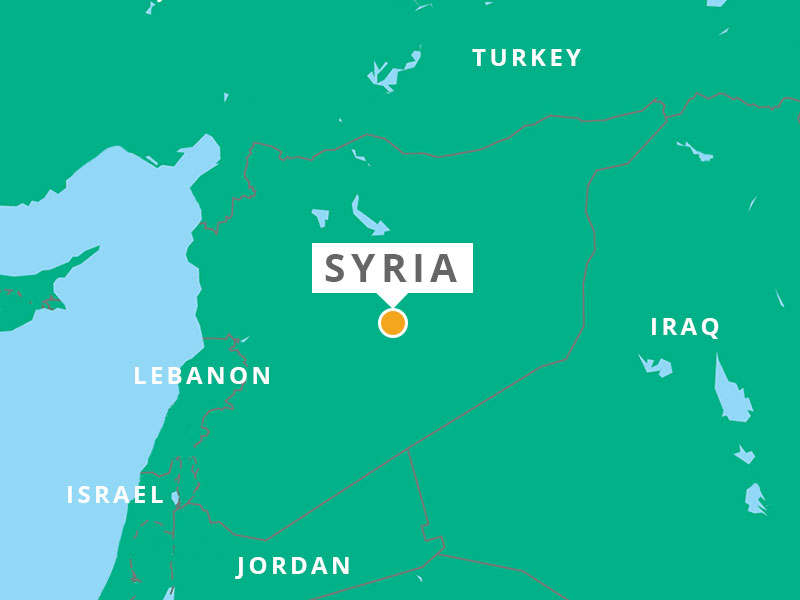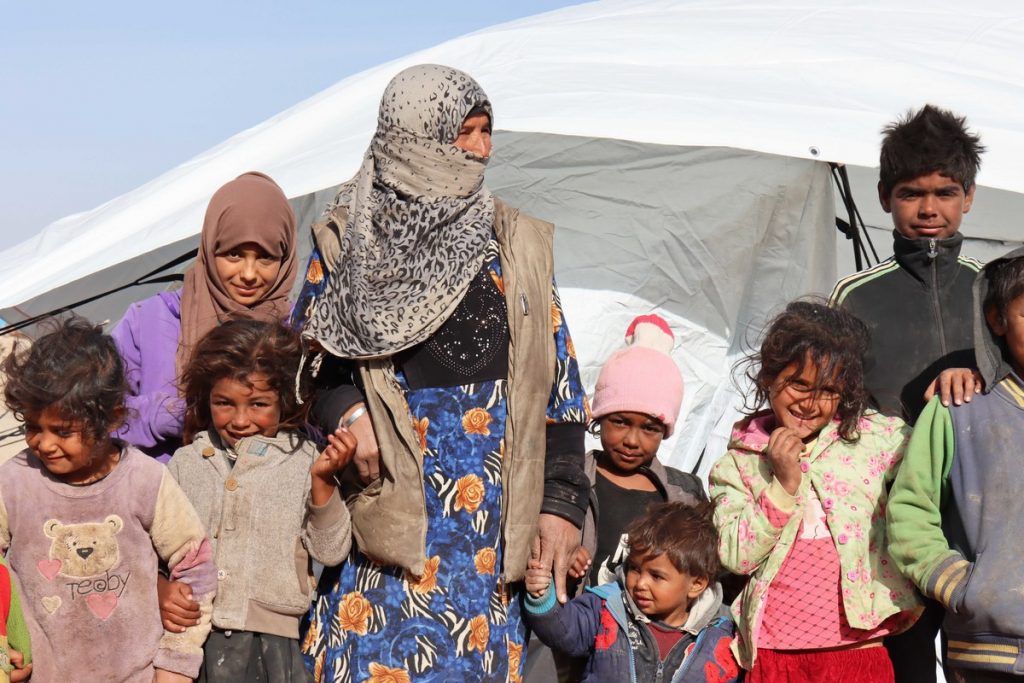The Conflict In Syria
In Syria the need for humanitarian support is greater than ever. People are facing violent conflict, financial crisis and extreme weather.
The conflict in Syria dates back to 2011.
Many people were unhappy about the high levels of unemployment, widespread corruption and lack of political freedom.
Inspired by the ‘Arab spring’ uprisings in Tunisia and Egypt, peaceful protests started in March.
The peaceful demonstrations were met by swift government opposition.
When the government used deadly force to crush the dissent, protests erupted nationwide. The violence rapidly escalated, eventually giving way to a brutal war.

There are many players in the Syrian conflict.
The conflict began as a Syrian uprising against the Government of Syria and its leader, President Bashar al-Assad.
Since then, many groups have joined the fighting, with many fighting each other.
These groups include the Free Syrian Army (FSA), Kurdish Rebel Fighters, so-called Islamic State, Jabhat Fath al-Sham, Hezbollah and the Syrian Democratic Forces (SDF).
International involvement has shaped the course of the conflict too.
Russia and Iran have backed the Syrian government, whereas the opposition has been supported by Turkey, several Western powers and some Gulf Arab states.
Ultimately, there is no clear frontline in this war. It’s a fractured conflict with multiple parties.
Civilians are caught in the middle of shifting power dynamics and territories, not knowing where will be safe for them and their families.

Hamda and her children (pictured above) are one of the millions of families who were forced to flee their home in Syria. They are currently living at a displacement camp.
An estimated 12.3 million people have been displaced by the conflict, around 6.7 million within Syria itself.
The need for emergency shelter supplies remains, as families are forced from their homes by renewed conflict, and existing shelters need repair after years of use.
Since the last Government of Syria offensive to regain territory in Idlib, which displaced 1 million people in the space of a single month at the end of 2019, much of the country has settled into an uneasy stalemate.
There is still an exhausting level of upheaval for many and there is no clear path to peace.
The majority of Syrian refugees have stayed in the Middle East, with Syria’s neighbors, Lebanon, Jordan and Turkey hosting over 90%.
Other families have fled to neighboring Iraq, Egypt or North Africa.
Some refugees have fled to European countries.
At the height of the European migrant crisis in 2015, 1.3 million Syrians requested asylum with Germany, Sweden, Hungary, Greece, Austria, the Netherlands, Belgium, Denmark, France and Bulgaria receiving the most applications.

There is still no clear path to peace.
The Syrian conflict has turned into a complex, three-part war involving Turkish-backed forces in the northwest, who are fighting Syrian government forces but are also opposed to US-backed Syrian Kurdish control in the northeast.
With a new US President in power, it is hoped that US foreign policy may create a resolution between Turkey and the Syrian Kurds, but that could complicate any peace agreement.
Turkish-backed forces in the northwest, are adamant that any peace agreement involves transitioning away from Syrian President Bashar al-Assad.
This is something that government-supporting Russia and Iran will be reluctant to consider.
There is hope, however. Within Syria, families demonstrate incredible resilience and resourcefulness, creating homes, running schools and businesses and giving children some sense of normality, all within displacement camps.
And beyond Syria’s borders, an emerging generation of young refugees are building their skills and seeking solutions through further education, determined to rebuild their shattered country when they can at last return.
In Syria the need for humanitarian support is greater than ever. People are facing violent conflict, financial crisis and extreme weather.
The largest displacement of humans on the planet is taking place in Syria and the surrounding countries. ShelterBox provides support to displaced families.
Hamda is just one of the millions of people pushed from their homes. She has been displaced for 5 years now.